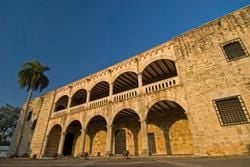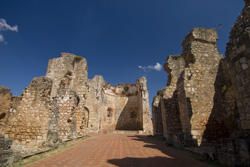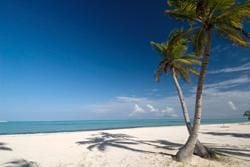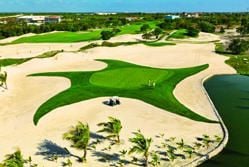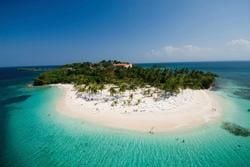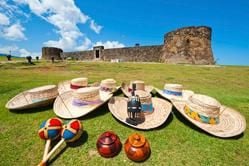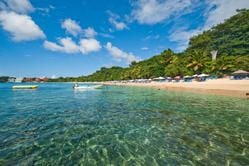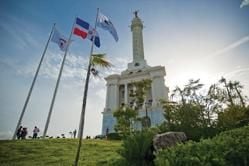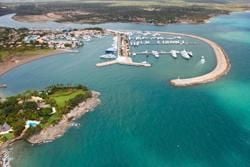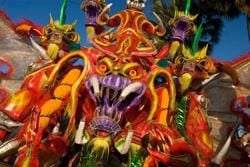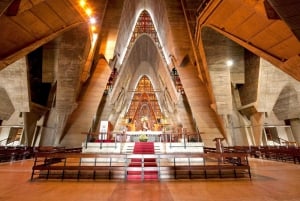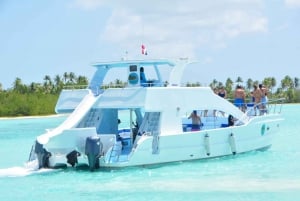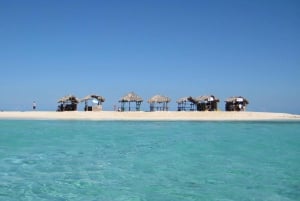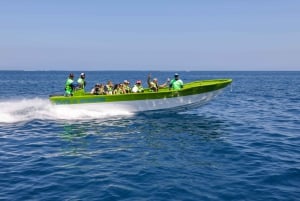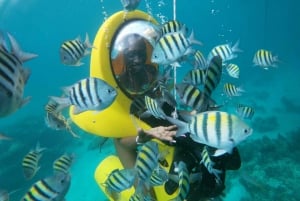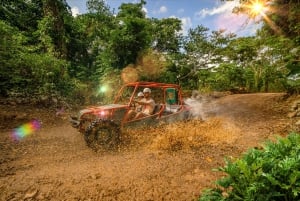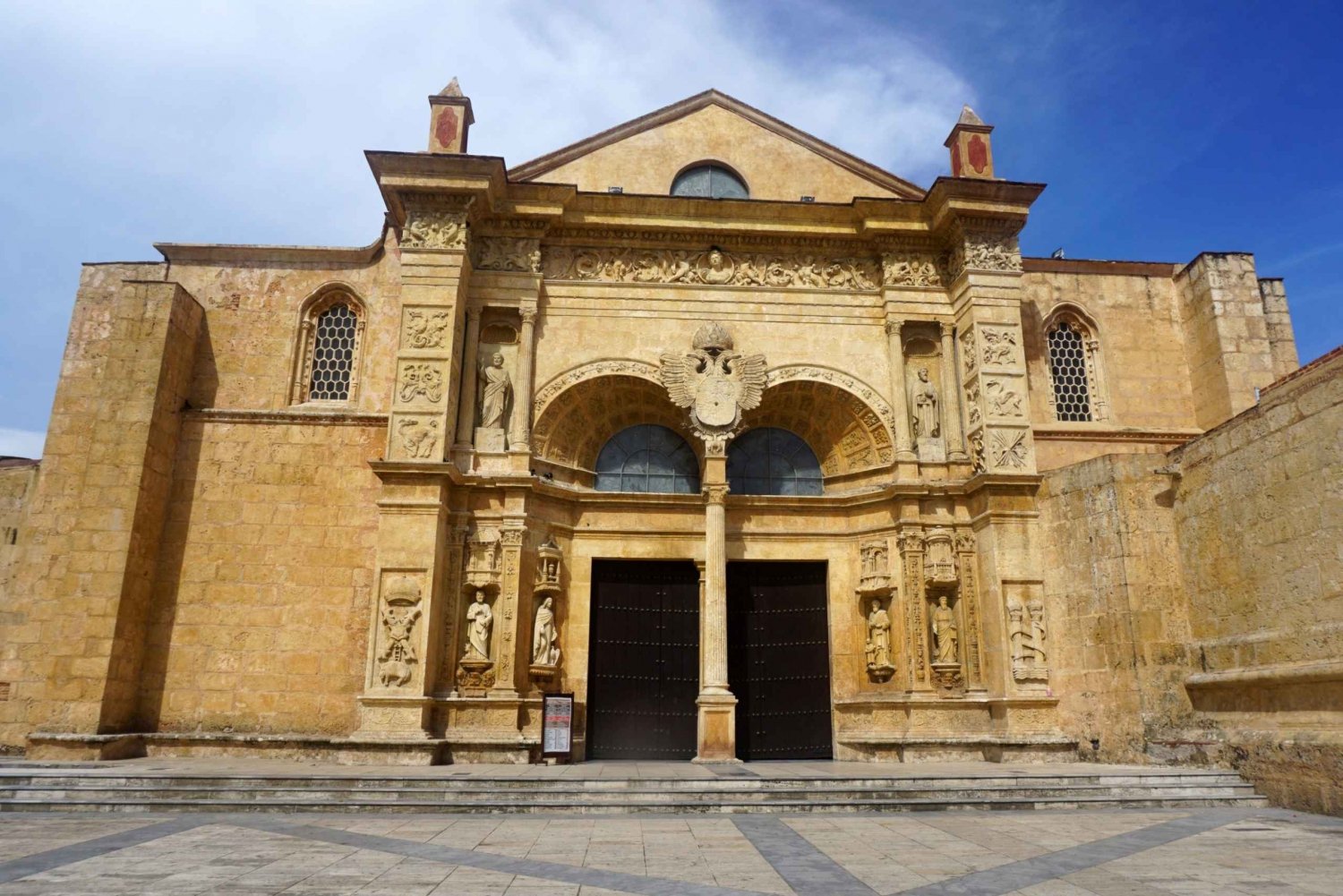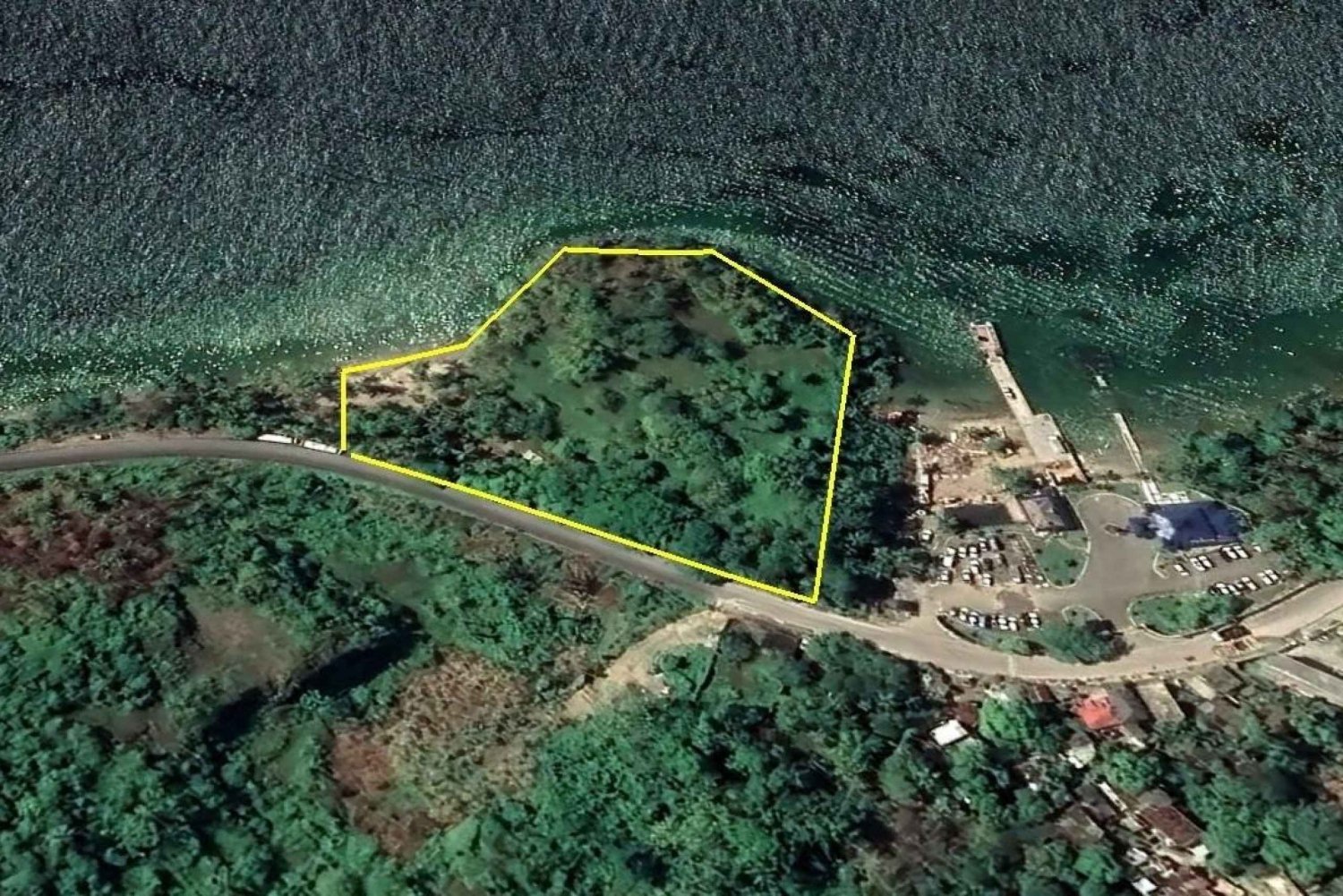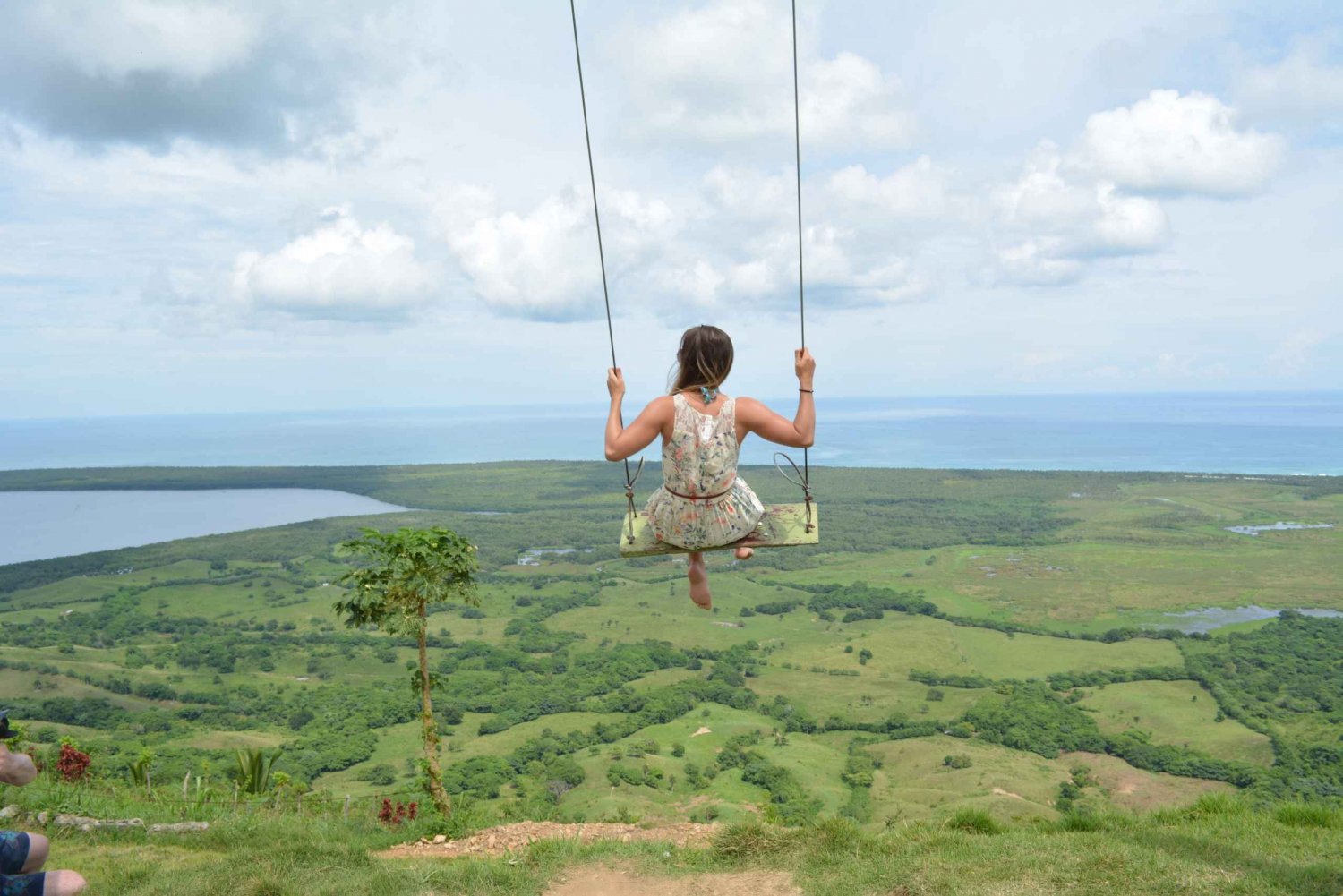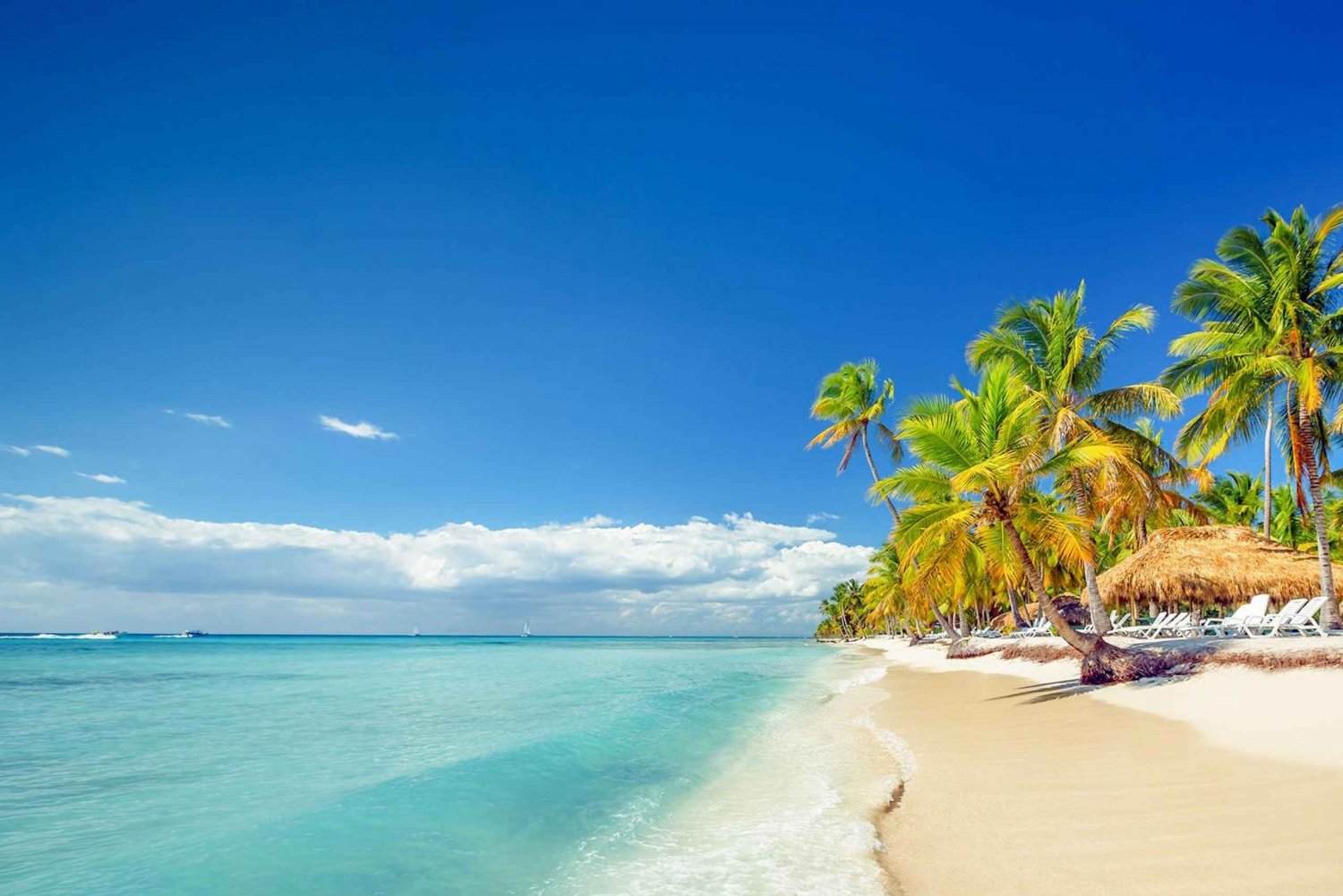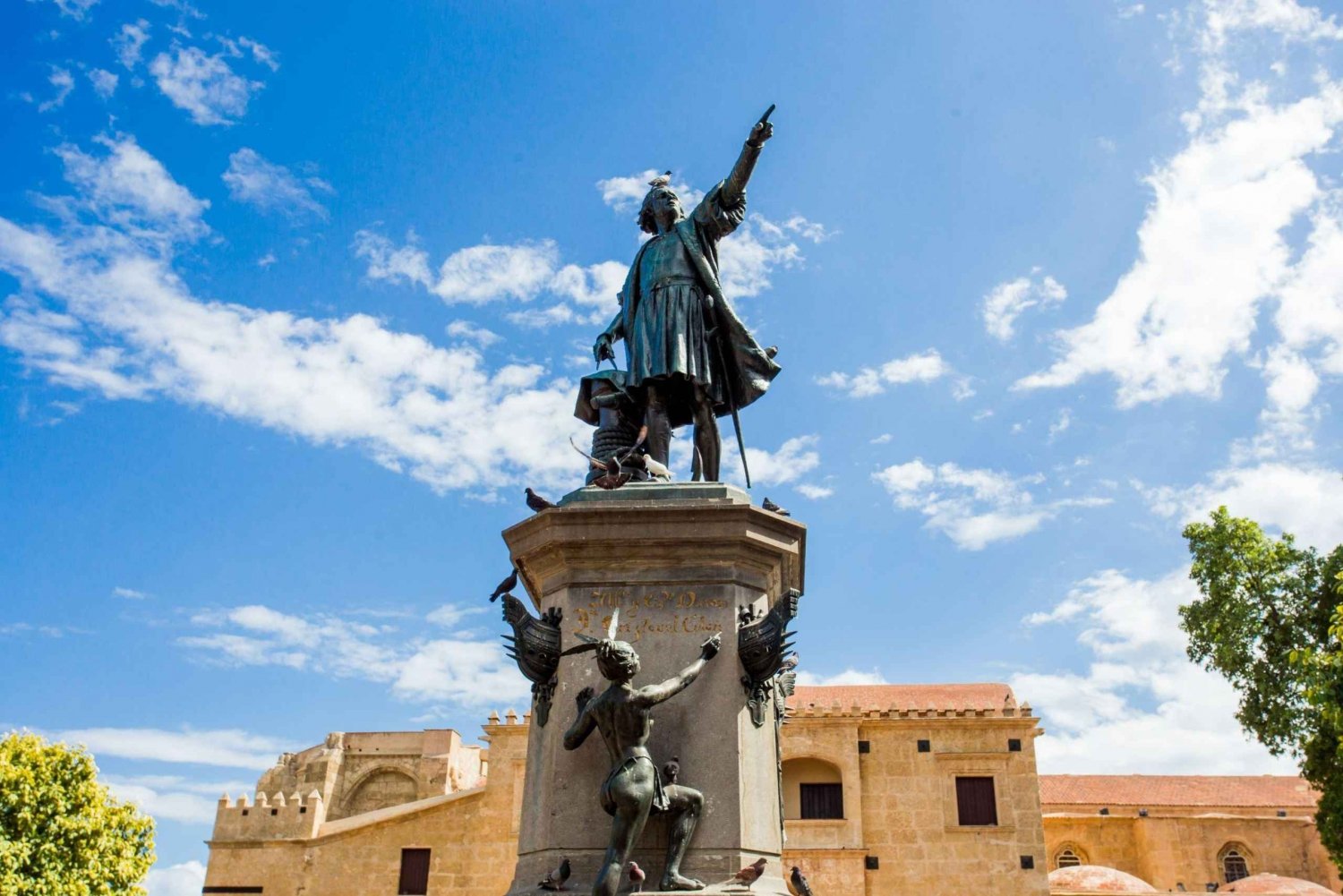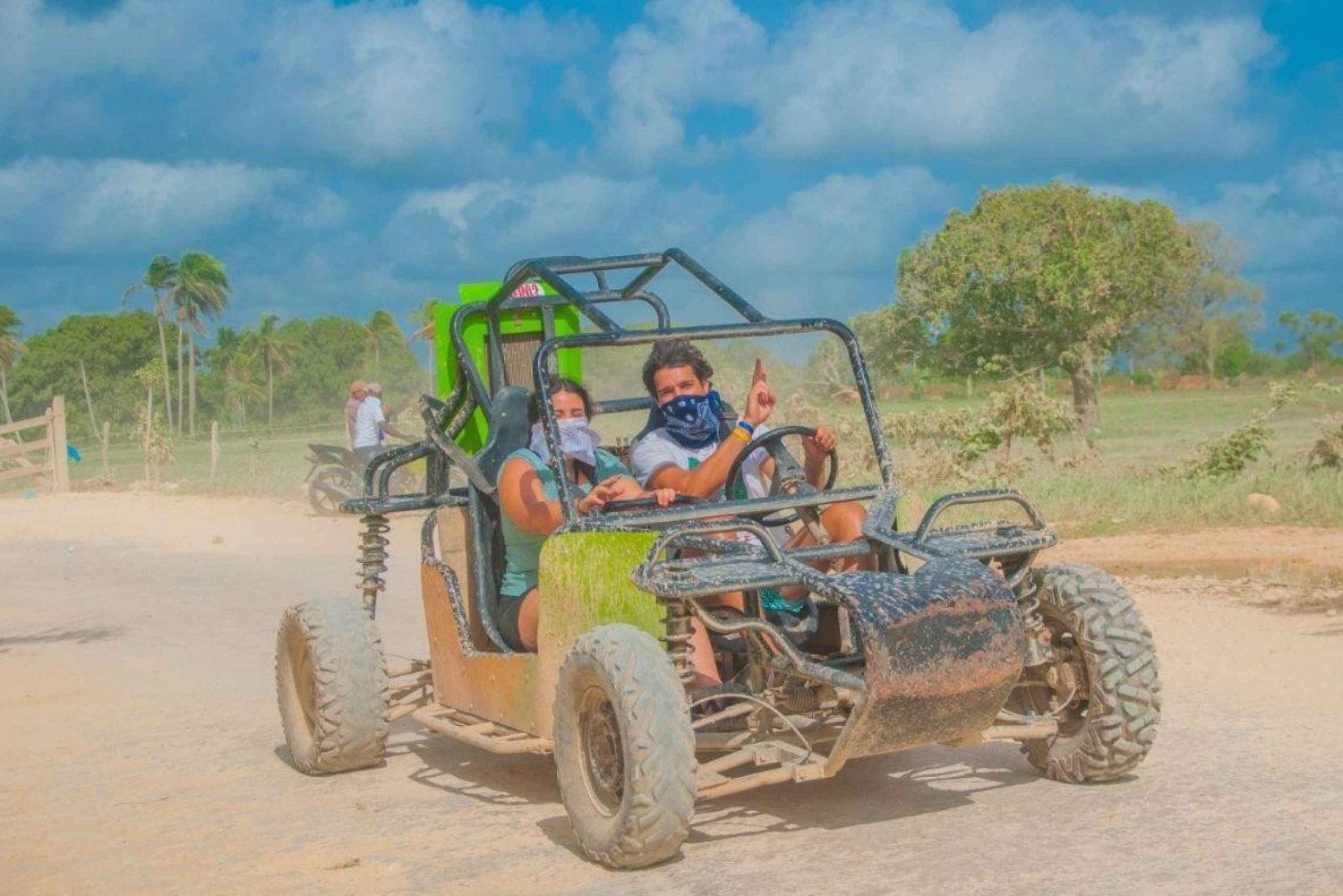Cities Overview
When you think about this island, the first things that come to mind are the picture-perfect beaches and vacations in all-inclusive hotels, but the Dominican Republic offers a lot more than just sun and sand. The Dominican Republic was the first land to be discovered by Christopher Columbus on his voyage to the Americas.
The capital, Santo Domingo is where the New World began. Situated on the south coast, Santo Domingo opens its doors to the monumental route with its Colonial City having been declared a World Heritage Site by UNESCO. In this area, the first city of the Americas was established, giving it great artistic and historic value. Santo Domingo was selected as the 2010 American Capital of Culture. Of the top seven rated Cultural Heritage treasures in Santo Domingo, four are in the Colonial City.
The area of Punta Cana - Bávaro, located on the east coast of the island, with 50 kilometers of white-sand beaches, is the most visited destination in the Caribbean, noted internationally for its comfortable and exclusive tourist complexes, and the best golf courses in the whole of the Caribbean and Latin America.
On the Northwest of the island, you will find the city of Puerto Plata, where you can admire the colorful Victorian houses and visit the oldest and most famous rum distillery on the island; off its coast, we find a gem of nature called Cayo Arena, a small islet in the middle of the sea, with white sand and crystalline waters so clear that you can see the bottom with incredible clarity. The nearby Santiago, which is the second most important city after Santo Domingo, is a very active and productive city, with a large variety of restaurants and dynamic hot spots where you can enjoy the nightlife. The country’s main production of tobacco is also found here.
Continuing North you will find Montecristi which forms part of the border with Haiti, with its peculiar geographic shape, 239 m in height, called El Morro.
In the Central part of the Dominican Republic is the province of La Vega, famous for its spectacular Dominican carnival, and Constanza. Located in the most fertile valley in the Caribbean, at 1.200 m above sea level, it looks like a Swiss village, with its pine trees and wooden cottages. For the more adventurous, the 83 m high waterfall Salto de Aguas Blancas, is an unforgettable excursion. The Valley of Jarabacoa, located in the Central Mountain Chain of the Dominican Republic, is a perfect destination for mountain tourism, trekking enthusiasts, and mountain biking. It boasts the largest river in the Caribbean, the Rio Yaque del Norte, which is about 300 kilometers long, where you can practice extreme sports, such as rafting and canyoneering.
Also you simply cannot miss a visit to the charming coastal town on the southeast of the country called La Romana. A golf destination par excellence, it additionally offers the opportunity to explore its underwater museums, in particular the Underwater Living Museums of the wreck of the legendary pirate William Kidd on Catalina Island. Near this city, is Saona Island which is famous for its beautiful beach and its spectacular catamaran tours, and with a bit of luck, you can watch dolphins in their natural habitat.
The Samana peninsula, located in the Northeast, is one of the most pristine areas of the Dominican Republic, and well-known for its whales, which come to this bay to reproduce between January and March every year.
In the Southwest, the most remote area of the island, is Pedernales, a Peninsula with unspoilt scenery and wildlife. It is one of the destinations with the most charm and magic in the whole of the country. It encompasses the Bahia de las Aguilas, a virgin and uncontaminated area with great diversity of flora and fauna, and home to the Carey turtles. Close to Pedernales is Barahona, where you can visit the larimar mines. Larimar is a unique gemstone and is found only in the Dominican Republic. It is used to create numerous pieces of beautiful jewelry.
As you can see, the Dominican Republic is a land of contrasts, full of captivating scenery, and blessed with National Parks full of lush tropical vegetation and untold stunning beauty spots. For the tourist, its unique beaches are a real temptation, as they find it almost impossible not to constantly dive in and enjoy the warm turquoise waters.
The joy of living is part of the Dominican culture, and we invite you to be part of it through its popular traditions: the Carnival, the celebration of Holy Week, and especially the ubiquity of dancing, Merengue, Bachata and the latest Reggaeton that plays at any time of day and in every corner of the country, wherever you go. The Dominican people are characterized as warm, simple, and hospitable; having a smiling and outgoing personality; and above all being proud of their country. They extend their kindness to tourists and do not mind doing everything within their power to make your stay on the island as pleasant as possible.
The Dominican Republic has about 10 million inhabitants, the capital Santo Domingo having almost a quarter of the entire population, making it the political, financial and cultural powerhouse of the Dominican Republic.
Agriculture is the main source of income for Dominicans living outside the capital, as is fishing for the coastal villages. For this reason, the Dominican Republic offers a variety of exciting dishes, blending the Taino, European and African influences, and offering an explosion of flavors and spices.
The Dominican Republic is a mixture of sounds, smells, colors, tastes and certainly, once you visit, the risk is that you might want to stay!
The Dominican Republic has it all!



